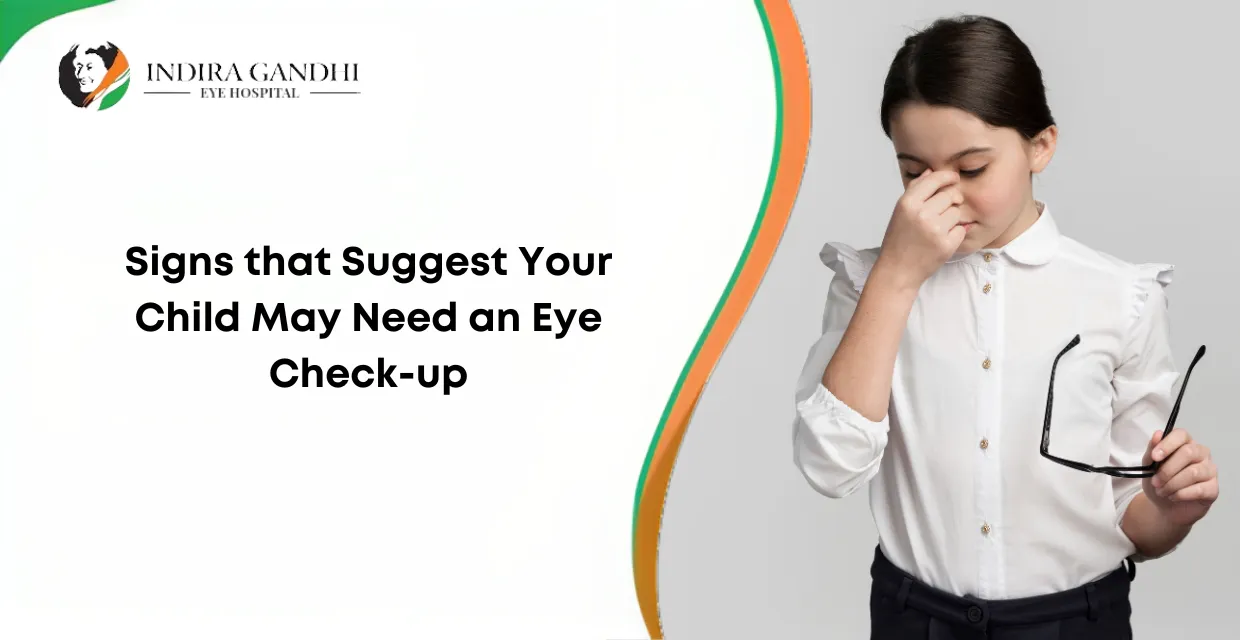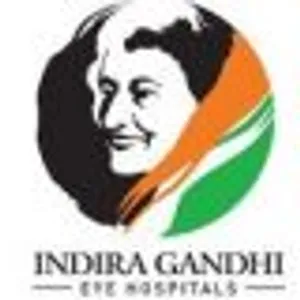The Crucial Role of Vision in a Child’s Development
Vision problems in children, particularly in their formative years, can profoundly impact their growth and development. As the world increasingly shifts towards digital education, children's exposure to screens has risen, leading to an uptick in cases of Myopia, or nearsightedness. This condition is more than just an inconvenience; it can significantly influence a child's ability to learn and engage with their environment.
Understanding the Prevalence and Impact
Approximately 25% of school-age children have some form of vision impairment. This statistic is alarming, considering that visual learning is a cornerstone of a child's educational experience. Through sight, children learn to interact with their surroundings, identify and relate to people, and engage in essential activities like reading and writing. Thus, ensuring optimal eye health in children is not just about clear vision but nurturing their overall learning and development.
Identifying Vision Problems in Children
Children often do not realize they have a vision problem or may lack the ability to communicate their difficulties effectively. Consequently, vision problems can go unnoticed for extended periods, leading to complications such as eye strain, frequent headaches, and an aversion to activities that require visual focus, such as reading or engaging in schoolwork.
Key Signs of Vision Impairments
Challenges with Reading
Reading is a fundamental skill that underpins a child's education. If a child displays sudden disinterest in school or struggles with reading, this could be a red flag. Watch for signs like missing words, skipping lines, or an uneven reading pace, especially with smaller fonts. A reluctance to engage in reading-related activities, holding screens and objects too close or too far away, squinting excessively, and complaining about not seeing the blackboard clearly are also indicative of vision problems. Additionally, a noticeable dip in academic performance could be a sign of an undiagnosed vision issue.
Difficulties in Sports and Physical Activities
Sports play a crucial role in a child’s physical and social development. Activities that require clear vision, good hand-eye coordination, and precise judgment of distances can be challenging for children with vision impairments. If a child frequently misses catches, trips, or has difficulty estimating distances, this might indicate a vision disorder that necessitates immediate attention.
Frequent Headaches and Other Physical Symptoms
Regular headaches, eye watering, or discharge can be indicators of vision issues. Children might not always link these physical symptoms with vision problems, making it essential for caregivers to be vigilant.
Visible Eye Defects
Conditions such as squint (deviation of one or both eyes), ptosis (drooping eyelids), a white reflex from the pupil, or abnormally large eyes (potential sign of congenital glaucoma) are serious indicators. Such conditions require immediate consultation with a pediatric eye specialist.
Proactive Measures for Parents and Caregivers
Active Observation and Listening
Parents and caregivers should be attentive to the signs and symptoms of vision problems. It's crucial not to dismiss a child's complaints or behavioral changes as trivial. Sometimes, what might seem like a lack of interest in academics or sports could be a cry for help regarding undiagnosed vision issues.
Regular Eye Examinations
The first comprehensive eye examination for a child should ideally occur between the ages of 3 and 4. This timing is critical as it precedes the start of formal schooling, where visual demands significantly increase. After the initial examination, annual check-ups with a pediatric ophthalmologist can help in early detection and treatment of any emerging vision problems.
Seeking Professional Eye Care
In cases of noticeable vision problems or for routine eye health maintenance, visiting a specialised children’s eye hospital like the Indira Gandhi Eye Hospital is advisable. Our clinics in Lucknow, Gurgaon, Sohna and Amethi are equipped with the best pediatric ophthalmologists in the country. We utilise the latest technology for diagnosis and treatment, making quality eye care accessible and affordable.
The Importance of Timely Intervention
Early detection and treatment of vision problems are crucial in preventing long-term consequences on a child's learning and development. Regular eye examinations by qualified paediatric ophthalmologists can identify issues that might be missed by parents or teachers. These professionals are trained to detect subtle signs of vision problems and can provide appropriate interventions to correct or manage these conditions.
Education and Awareness Among Parents and Teachers
It's essential for both parents and educators to be aware of the signs of vision problems in children. Schools can play a pivotal role by integrating vision screenings into their health programmes and educating teachers about the signs of vision problems. Similarly, parents should be informed about the importance of eye health and the need for routine eye check-ups.
The Role of Technology in Eye Health
With the increasing reliance on digital devices, parents and educators should also be mindful of the impact of screen time on children's eyes. Encouraging regular breaks, ensuring proper lighting, and teaching children about the importance of maintaining a healthy distance from screens can help mitigate some of the adverse effects of prolonged screen use.
Conclusion: Ensuring a Bright Future for Our Children
Vision is a critical aspect of a child's growth and development. By being vigilant about eye health, scheduling regular eye check-ups , with Indira Gandhi Eye Hospital and seeking professional care from the Best Eye Hospital In Gurgaon when needed, we can ensure that our children have the clear vision they need to explore, learn, and thrive. The journey towards a bright and clear future for our children begins with the health of their eyes.


